Astronaut Space Traveller Lockscreens Edits Made By Me :)









Astronaut Space Traveller Lockscreens Edits made by me :)
More Posts from Nauticastro and Others









✨Stars Gods ✨ gifs made by me :)


Cosmic border. Compton’s pictured encyclopedia. 1922.
Internet Archive.
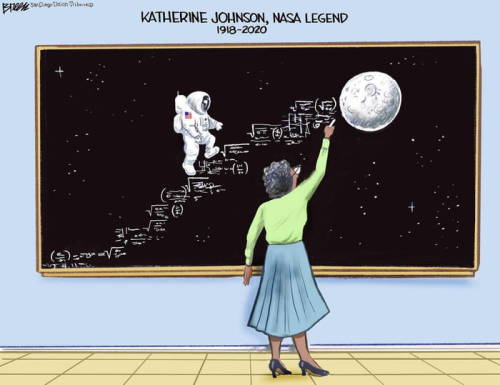
Tribute to Katherine Johnson (African-American mathematician aka ‘the computer’) who helped with calculating the trajectory for the 1969 Apollo 11 flight to the Moon. SOURCE
“What were astronauts like when they first returned from outer space? Nurse Dee O'Hara: ‘They have something, a sort of wild look, I would say, as if they had fallen in love with a mystery up there, sort of as if they haven’t got their feet back on the ground, as if they regret having come back to us… a rage at having come back to earth. As if up there they’re not only freed from weight, from the force of gravity, but from desires, affections, passions, ambitions, from the body. Did you know that for months John [Glenn] and Wally [Schirra] and Scott [Carpenter] went around looking at the sky? You could speak to them and they didn’t answer, you could touch them on the shoulder and they didn’t notice; their only contact with the world was a dazed, absent, happy smile. They smiled at everything and everybody, and they were always tripping over things. They kept tripping over things because they never had their eyes on the ground.’”
— Craig Nelson, Rocket Men: The Epic Story of the First Men on the Moon (via m-l-rio)

i cant believe this is a real photo
Can u post pics of earth 🌍

The Blue Marble—Earth as seen by Apollo 17 in 1972
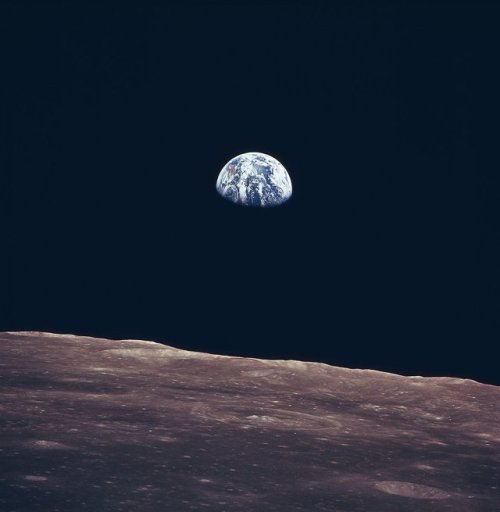
This incredible image of the Earth rise was taken during lunar orbit by the Apollo 11 mission crew in July of 1969. The first manned lunar mission, Apollo 11 launched aboard a Saturn V launch vehicle from the Kennedy Space Center, Florida on July 16, 1969 and safely returned to Earth on July 24, 1969.

This image taken by an astronaut aboard Space Shuttle mission STS-103 shows a panoramic view of Earth at moonrise.

In this rare image taken on July 19, 2013, the wide-angle camera on NASA’s Cassini spacecraft has captured Saturn’s rings and our planet Earth and its moon in the same frame.
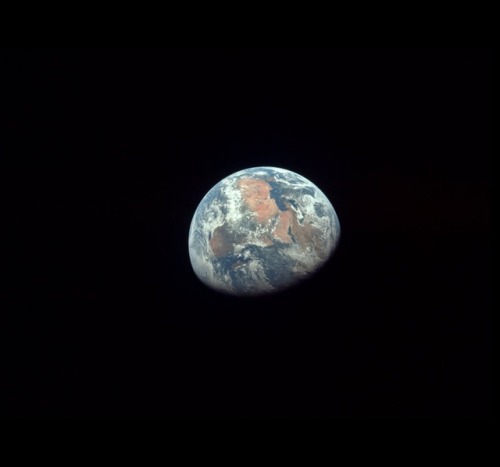
Earth as seen by Apollo 11 astronauts at the beginning of the third day of TLC

A view of the Apollo 11 lunar module “Eagle” as it returned from the surface of the moon to dock with the command module “Columbia”. A smooth mare area is visible on the Moon below and a half-illuminated Earth hangs over the horizon. The lunar module ascent stage was about 4 meters across. Command module pilot Michael Collins took this picture just before docking at 21:34:00 UT (5:34 p.m. EDT) 21 July 1969.

This panorama featuring Earth’s horizon and clouds over the South Pacific Ocean, complemented with a “tiny” distant moon (upper right), was photographed by one of the Expedition 36 crew members aboard the International Space Station.

The Sun from the Internation Space Station

images: NASA/JPL
To see more images and posts about the Earth click here.

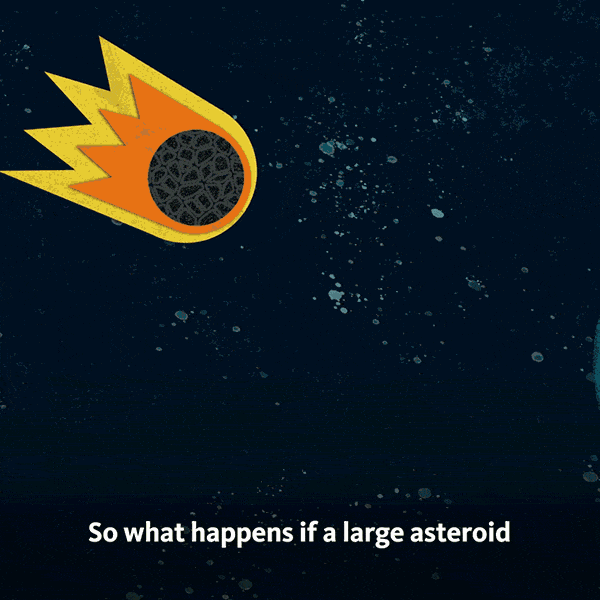
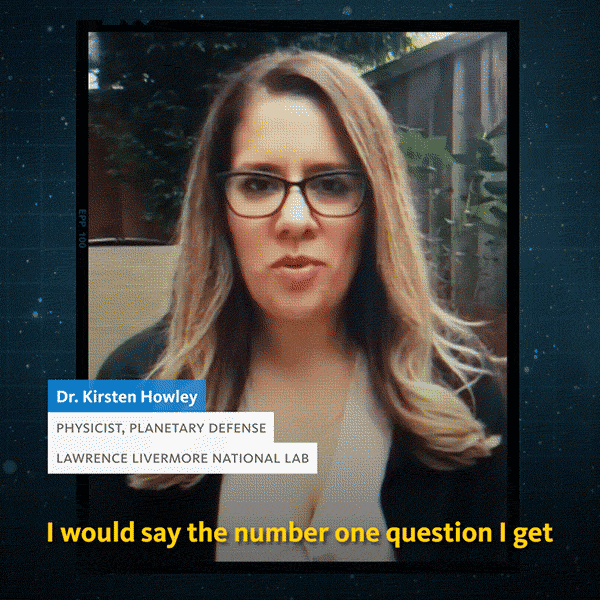

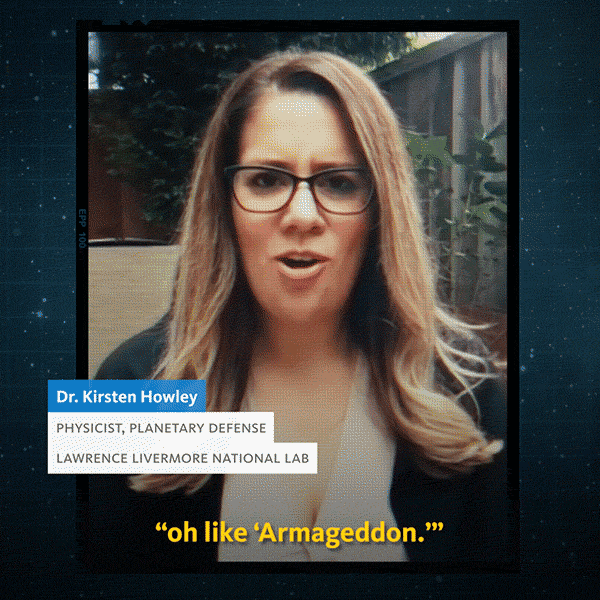

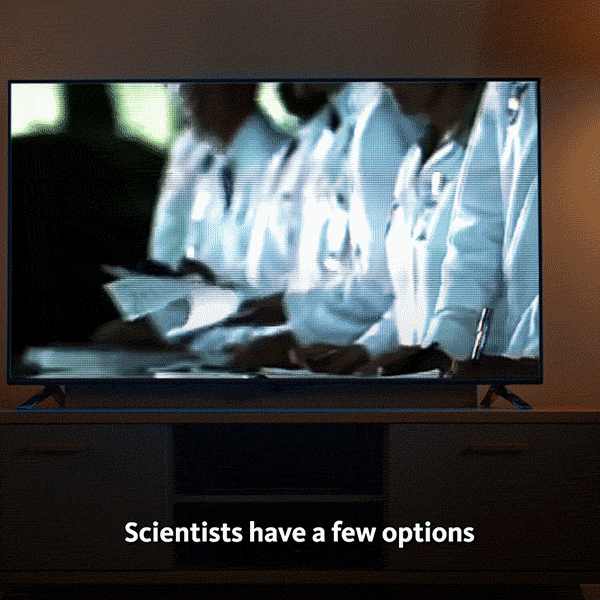
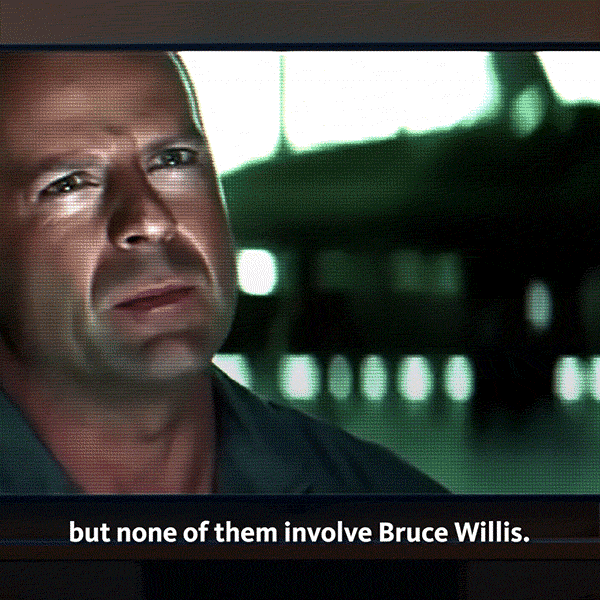
What Hollywood gets wrong (and right!) about protecting the Earth from asteroids
In the 1998 movie, “Armageddon,” an asteroid the width of Texas is about to hit Earth. The heroes who stop it in just the nick of time are a group of orange-suited Americans, all men.
Life isn’t always like the movies.
Not that an asteroid couldn’t slam into Earth, mind you. Asteroids — mostly tiny ones — pass by our planet virtually every second. But the people charged with stopping the big ones aren’t reaching for their spacesuits with mere hours to spare.
And spoiler alert: They also aren’t all men.
“I would say the number one question I get when I tell people what I work on, is ‘Oh, like ‘Armageddon?’’ And it’s nothing like ‘Armageddon,’” says Lawrence Livermore National Lab physicist Kirsten Howley, whose day job includes defending our planet from asteroids.
Howley doesn’t have an orange jumpsuit at hand, but her job is serious business. She and her team of planetary defenders specialize in how we might deflect an asteroid that poses a threat to Earth.
Read more

wake up babe new JWST image just dropped
-
 caeliix liked this · 1 year ago
caeliix liked this · 1 year ago -
 bettina12 liked this · 1 year ago
bettina12 liked this · 1 year ago -
 loreleismusings99 reblogged this · 1 year ago
loreleismusings99 reblogged this · 1 year ago -
 emguarchechi liked this · 1 year ago
emguarchechi liked this · 1 year ago -
 pavarotti09 liked this · 1 year ago
pavarotti09 liked this · 1 year ago -
 mymoonisalways-in-scorpio liked this · 2 years ago
mymoonisalways-in-scorpio liked this · 2 years ago -
 thehappyspaceman liked this · 2 years ago
thehappyspaceman liked this · 2 years ago -
 lessonsfromnomad liked this · 3 years ago
lessonsfromnomad liked this · 3 years ago -
 brwnsugarr reblogged this · 3 years ago
brwnsugarr reblogged this · 3 years ago -
 theesunnyrain liked this · 3 years ago
theesunnyrain liked this · 3 years ago -
 saturnwisteria liked this · 3 years ago
saturnwisteria liked this · 3 years ago -
 classiecoffee reblogged this · 3 years ago
classiecoffee reblogged this · 3 years ago -
 hardcheesecakegeneration liked this · 3 years ago
hardcheesecakegeneration liked this · 3 years ago -
 rainypeanutsaladdeputy liked this · 3 years ago
rainypeanutsaladdeputy liked this · 3 years ago -
 spacenerdsarah liked this · 3 years ago
spacenerdsarah liked this · 3 years ago -
 isxbelala liked this · 3 years ago
isxbelala liked this · 3 years ago -
 thesunsweetberry liked this · 3 years ago
thesunsweetberry liked this · 3 years ago -
 hx-x3 liked this · 3 years ago
hx-x3 liked this · 3 years ago

